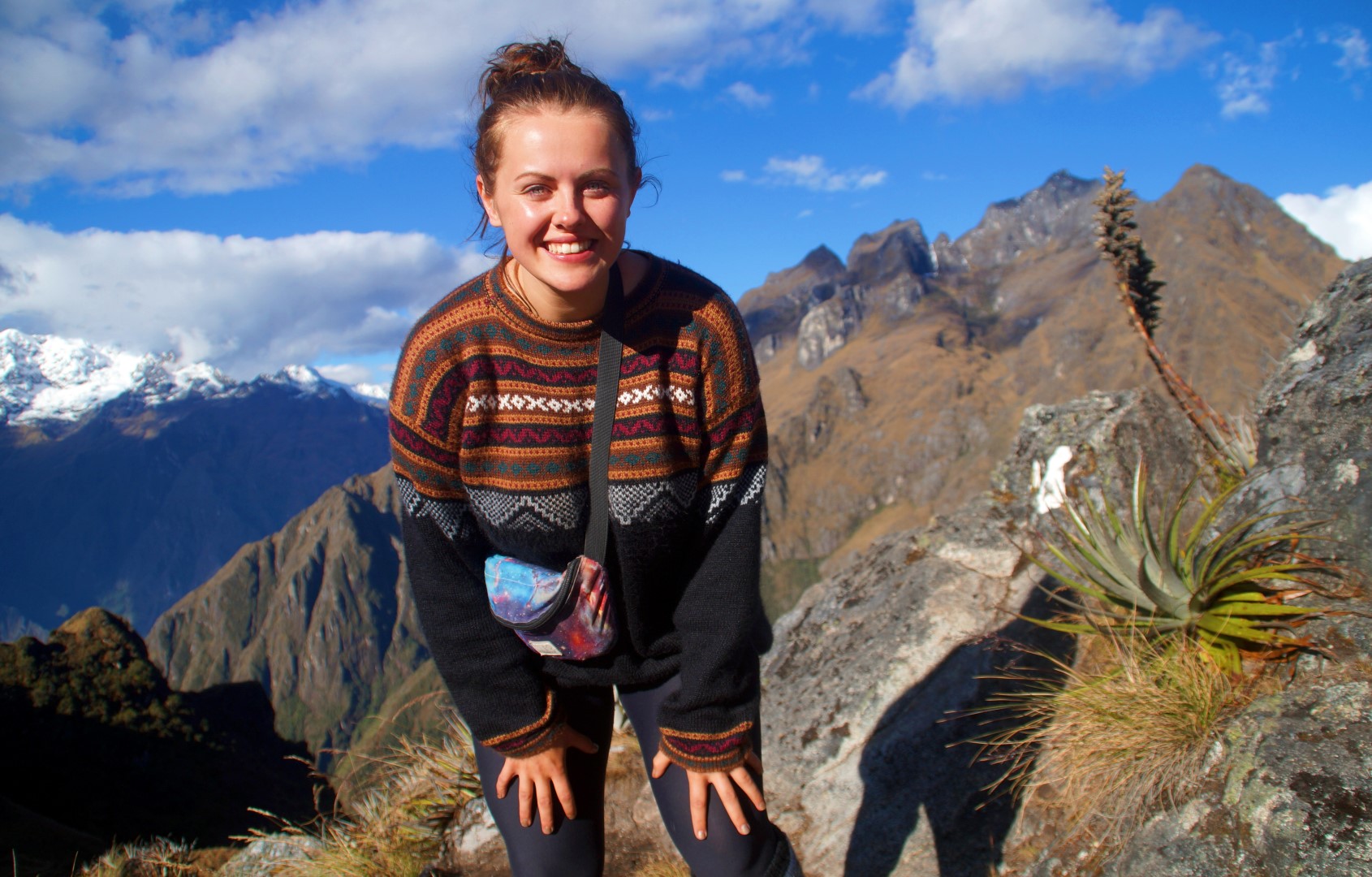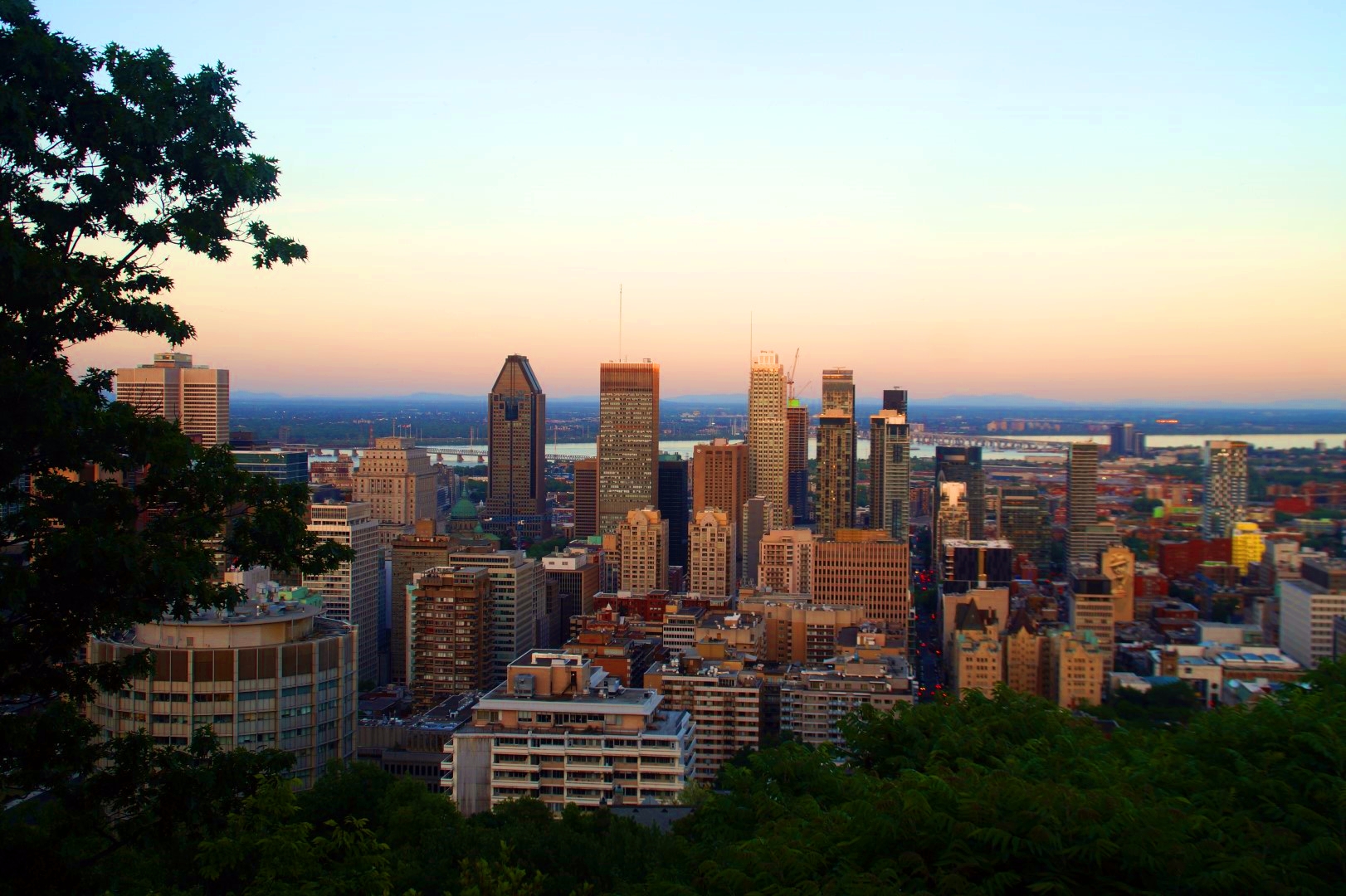During the summer of 2018, I had the privilege of doing two weeks of field work on the Huaca Pucllana pyramid in Lima.
Huaca Pucllana is a clay pyramid which is built from seven staggered platforms. The pyramid is believed to have been an important ceremonial and administrative center of the Lima Culture (ca. 200-700 AD) and later of the Wari Culture (500-900 AD). It’s located in Miraflores, known as one of the safest neighbourhoods in Lima, which was also the neighbourhood that I stayed in for those two weeks.
Last autumn, the project leader sent out information about the field work, hoping to find interested archaeologists and archaeology students to join him on the project. Luckily, there were many people who signed up, including me! I wasn’t going to let such a great opportunity pass by.
We were supposed to be digging on the pyramid for those two weeks, but unfortunately we didn’t get our digging permit, so instead we spent the weeks doing other relevant archaeological work. We didn’t get paid for the work (we actually had to pay to do it), but we did get some great work experience and many new friends. It also gave me the perfect opportunity to explore a new country (and continent!).




The first week was spent sorting out ceramics found at the pyramid from the Lima and Wari cultures. We learned how to distinguish diagnostic pieces and ornamented pieces and categorize them. We were also given a two-hour tour of the site, and spent the Thursday learning about biological anthropology.
We were expecting the digging permit to come for the second week, but unfortunately it never did. Instead of sorting out ceramics for another week, we got to try a few different things. For the first two days, Amalie, Vibeke and I were on the “fish team”, where we had to find certain fish, dissect them and rinse them, so we could take out their skeletons, which would then be used for future comparisons with ancient fish bones found at the site.
Together with the two Peruvian archaeologists Miguel and Frank, we went on an adventurous trip to fish markets to find the necessary fish species. We took many busses and metros to get to our destination in the dodgy neighbourhood of Villa María del Triunfo, one of the most dangerous neighbourhoods in Lima, where half of the population doesn’t have a fixed income. Miguel and Frank told me to put my camera away in their backpack while walking and to keep all of our belongings under our jackets, and they also decided to surround the three of us when walking anywhere. Nothing happened apart from many stares, but unfortunately we couldn’t get the desired fish there, so instead we headed to another fish market in Miraflores, where the two guys could relax a bit more. We found two of the species that we needed, and thus headed back home to wash them, photograph them, measure them and at last, split them open and take out their intestines (yucky, but interesting to try!).
The next two days were spent dissecting the fish and cleaning the bones to make them more presentable. That part of the job took ages, but it was a lot of fun because of the great company. We spent the days listening to Peruvian and Danish music as well as 80s classics which apparently are a big hit in Peru!
On the Thursday, I chose to spend a day at the biological anthropology workshop to learn something new. Luise was very kind to teach me how all human bones are recognizable from each other. Even though I was only there for one day, I learned a lot and felt inspired to continue learning about this subject. On the next and last day at the site, I went back to my fish people to spend a last day with them making boxes for the fish skeletons to be put in. It was actually really fun to be part of most of the process with the fish!





On Friday July 6th at 4 PM, our work at the pyramid was over. I felt sad leaving it behind, although I must admit that I was excited to go back home to Denmark and the blue skies (which Lima rarely sees in the winter). We spent a while saying goodbye to everyone and taking some last group pictures before parting ways. I hope I get to see them all again one day!

Leave a Comment
Pingback: My November 2018: Falling in love with Nuuk – Northtrotter on 07/11/2018



1 COMMENT